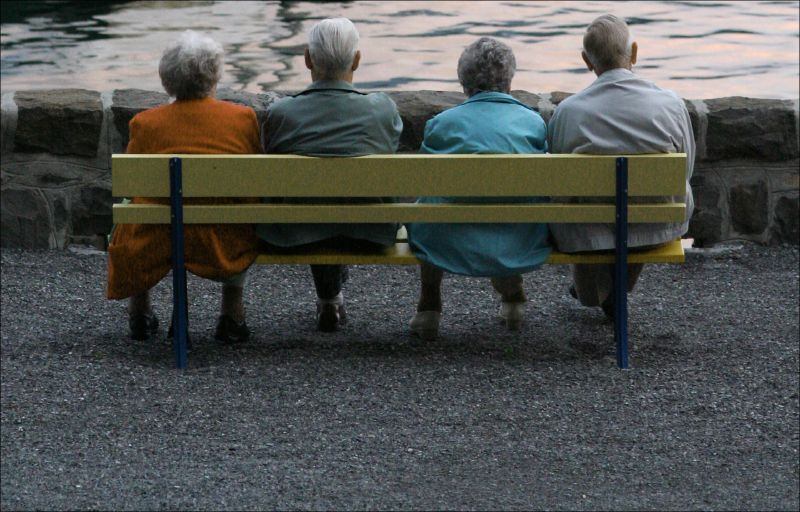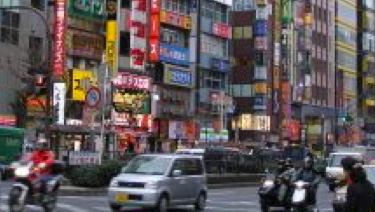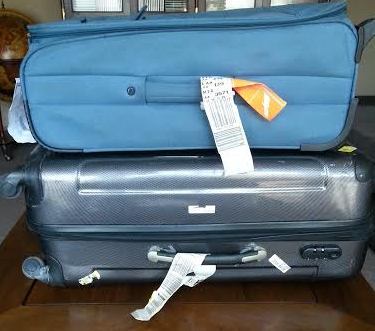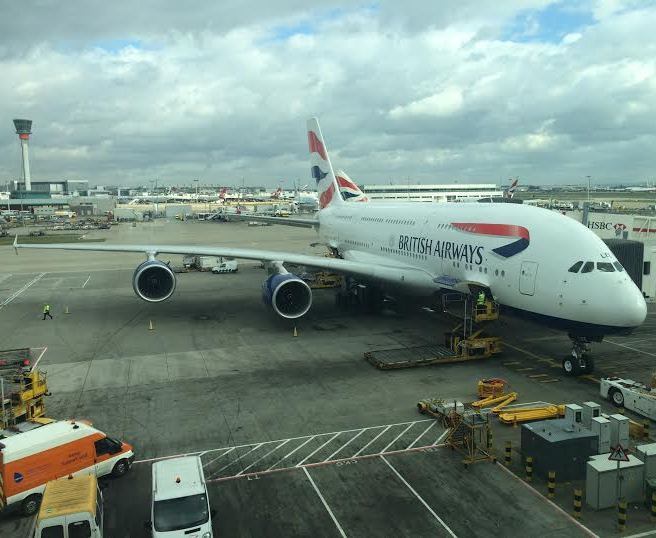Travel News
The Symbol of 21st Century China Travel: Demolish
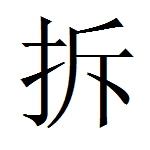 If you’ve visited China with any frequency over the past few years, you may have had the opportunity to personally witness some amazing changes.
If you’ve visited China with any frequency over the past few years, you may have had the opportunity to personally witness some amazing changes.
High-rise buildings are filling out formerly empty city skylines, superhighways are replacing rutted country lanes, and personal automobiles jam once deserted roads.
If you don’t believe it, just take a walk through one of China’s traditional neighborhoods. You’ll see the following character , chai, written in chalk on the sides of many of the buildings you pass. (the character is pictured at left above)
This character means, “to demolish,” and it’s written everywhere.
At the same time, clusters of high-rises are painting a new silhouette onto the sky. The continued development means that China is becoming a more convenient and comfortable place to travel than ever before, but the downside is that the country’s past is being crowded out.
It’s only logical in a country as old (and relatively crowded) as China, that when you build something, you’ve got to tear something else down, and that’s exactly what is happening. China’s history is disappearing fast.
No More Wacky English Signs
“Chinglish” (aka- “Engrish”) signs continue to shock, mislead, and amuse English-speaking visitors, although there are fewer than in the past, and the government is actively correcting those that remain. The Beijing Bureau of Tourism, for instance, operates a hotline for foreign visitors who spot inappropriate or incorrect English in public places.
The government has become particularly aggressive about fixing mistaken English in the time leading up to the 2008 Olympics, no doubt in part because opaque road signs like “the slippery are very crafty” are just embarrassing.
This may mean that in the future you’ll no longer find trash cans labeled “fruit leather suitcase,” you won’t be able to visit “Racist Park” (more accurately identified as the Park of Ethnic Minorities) in Beijing, and the dish “old woman chicken” will be stricken from menus. In case you were wondering, all of these are real examples of Chinglish reported by visitors.
Read our exclusive feature with plenty of hilarious photographic examples: Signs in China: A Guide to Understanding Common “Engrish” Expressions.
Cleaning Up
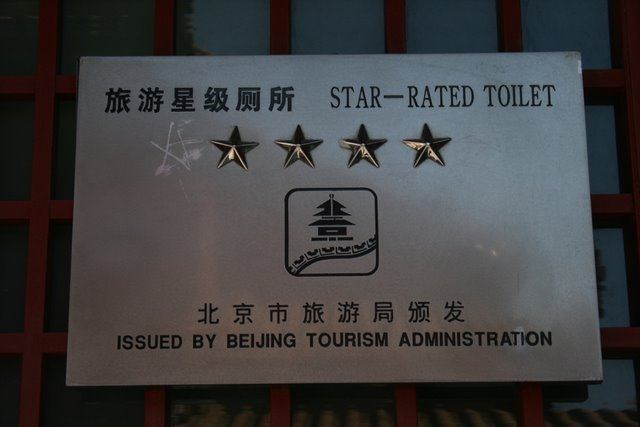 Although standards of sanitation in many parts of China are still not up to western norms, progress is being made. Bathrooms are a big target of sanitization efforts, and anyone who has ever used a Chinese toilet outside a westernized urban district will have no trouble understanding why.
Although standards of sanitation in many parts of China are still not up to western norms, progress is being made. Bathrooms are a big target of sanitization efforts, and anyone who has ever used a Chinese toilet outside a westernized urban district will have no trouble understanding why.
It seems China is getting pretty serious about this: the government-run People’s Daily news service has even gone so far as to establish a website called China Toilet Net (in Chinese only), which provides toilet news of all stripes, detailing cleanup efforts in cities throughout the country, highlighting bathrooms that are particularly pleasant or unique, and so on. This might be viewed by the cynical as an attempt to remedy with words a problem that ultimately needs to be solved with mops and buckets, but perhaps it is comforting to know that the government takes the problem seriously enough to generate hundreds of articles about it.
Additionally, in many locations throughout China, hefty fines are being levied to prevent spitting on the street, an extremely common practice which produces at least two negative results: 1) it spreads illness and 2) it turns off Western tourists.
Efforts to stamp out the practice are far from new, but recently the fines have gotten heavier (they’re up to 50 yuan, about $6.50 U.S., in Beijing), and anecdotal evidence suggests that spitting is less widespread than in the past.
Going Places
Transportation in China, once a huge headache for visitors, is getting more and more convenient. For instance, if all goes according to plan, Beijing, which currently has just four subway lines, will have seven by the time the Olympics roll around in 2008. A vast, complicated construction project recently linked Beijing and Lhasa, Tibet via the highest rail line in the world. The government plans to build 37 new airports in China’s remote western region by 2010. All this means that if you want to get somewhere in China, you can generally do so in a timelier, more efficient manner than ever before.
However, you’ll want to stay off the public roadways: China’s major cities are now choked with some nasty traffic that rivals anything on offer in London or Los Angeles, and to make matters worse, most of the drivers are new and inexperienced.
As recently as the 1990s, bicycles, buses, and government-owned cars were just about the only vehicles on the roads, but all that has changed now. Road construction is proceeding at an astounding pace, but it has not caught up with the increase in automobile ownership, which means that the roads are constantly jammed and that very aggressive behavior is the norm.
If you’re behind the wheel, try to stay off city streets during rush hour (7 a.m. – 8 a.m. and 5 p.m. – 6 p.m.), but keep in mind that traffic jams can occur at any time. Subways are a good alternative when they exist, but when they don’t, we hope you will find some consolation in knowing that sitting in stalled traffic is a pastime which is growing ever more popular with the Chinese!
A Little Closer to Home
As recently as 1989, if you were visiting China and hankering for a McDonald’s hamburger, you would have had to cross over into Hong Kong to get one. Now, mainland China has almost 800 McDonald’s restaurants. KFC, meanwhile, has established around 1,700 locations. Starbucks is making inroads; they’ve even set up a branch inside the Forbidden City, the former home of the Chinese emperors in Beijing (some lawmakers are insulted by the imposition and are demanding that Starbucks close this location).
While even major cities like Beijing once lacked most Western conveniences, China’s urban areas now offer an experience that is much closer to home for travelers from the west. You can stay at a Holiday Inn even in such off-the-beaten-path destinations as Suifenhe and Hefei, shop at one of China’s nearly 200 Wal-Mart locations, and enjoy western-style nightlife at the clubs and bars that have spread to most cities.
Note that western businesses aren’t the only peddlers of modern amenities. For instance, the Chinese brand Home Inn offers clean, reliable, homogeneous lodging in over 130 locations throughout China, and domestic supermarket/convenience store brands such as Wumart compete with foreign chains like 7-Eleven.
Go Now and Go Again
While China is changing at an incredible speed, there is still time to experience its history. Many rural areas have retained a great deal of traditional character (with all the unclean toilets and lack of convenience that implies).
Tradition lives on in the back alleys of Beijing and Shanghai, too, although in these cities, it is disappearing as quickly as the incense smoke at Jokhang Temple.
Our advice: if you want to go, go now.
Then go again.
You might just be surprised at the constant changes you discover in one of the world’s oldest civilizations.
By Mike Day for PeterGreenberg.com.
Other articles by Mike Day:
Bound for Beijing: A Guide to 2008 Olympic Travel





